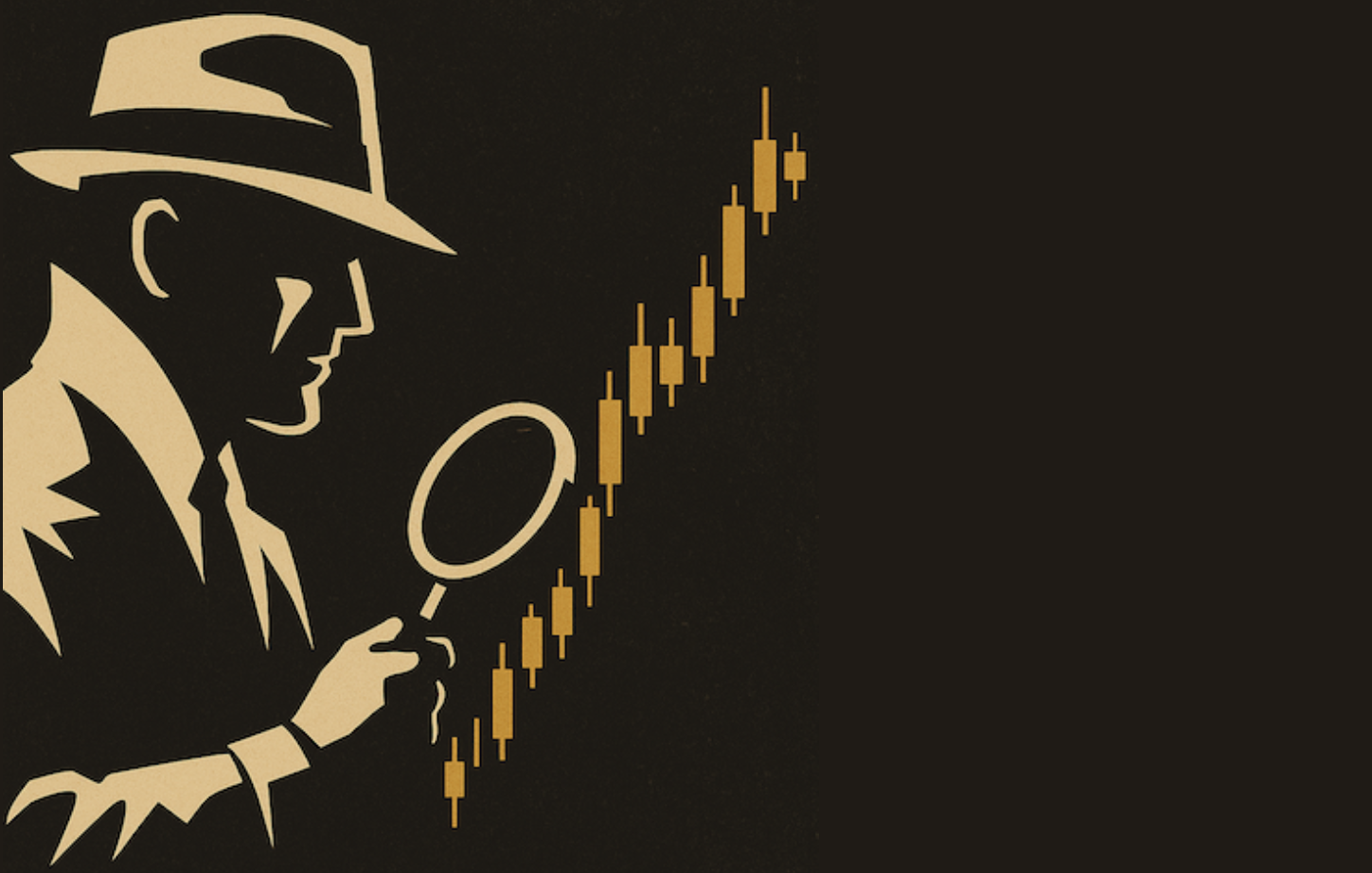DIVIDEND PAYING ETF DOES BETTER WHEN BOND YIELDS ARE FALLING
SELECT DIVIDEND ETF IS DOING RELATIVELY WELL... Earlier in the year I wrote that one of the places that I thought would do well this year were large-cap dividend paying stocks. That was based partially on my general negative view of the stock market. Large-cap dividend stocks provide a market cushion and are usually favored as a defensive play. So far this year, the market has been more sideways than down. Even so, dividend paying stocks have done relatively well. One of the easiest way to take advantage of that is with the Dow Jones Select Dividend iShares (DVY) shown in Chart 1. The DVY is trading within 1% of its early March peak. Even more telling is its relative strength line which has been rising since the start of 2005. The three biggest groups represented in the DVY are banks (39%), utilities (19%), and chemicals (12%). Other groups represented are tobacco, insurance, and energy. Aside from the defensive qualities of larger dividend paying stocks, there's another factor that makes them relatively attractive -- falling bond yields.

Chart 1
FALLING RATES HELP DVY PERFORMANCE ... Stocks that pay dividends compete with income from bond yields. When bond yields fall, dividend paying stocks become relatively more attractive. The 2005 slide in bond yields has been one of the reasons that money has flowed into dividend paying stocks. The impact of bond yields on the relative performance of the DVY is seen in Chart 2. The green line is the 10-year T-note yield (TNX). The purple line is a ratio of the Dow Jones Dividend ETF (DVY) divided by the S&P 500. That ratio tells how the DVY is doing relative to the S&P 500. The chart shows that the DVY/SPX ratio tends to rise when bond yields are falling. That was the case throughout the early part of 2004, in January 2005, and even more so when yields peaked this last April (see arrows). A bounce in bond yields starting last November put a cap on DVY performance that lasted throughout the fourth quarter. With bond yields haven fallen under 4%, investors have to look for yields elsewhere. One of the best places to do that has been large-cap dividend paying stocks. That also allows participation in the stock market in a relative defensive category.

Chart 2










